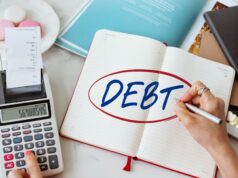
Artificial intelligence (AI) is rapidly transforming various industries, and the world of traditional crafts is no exception. While AI offers exciting possibilities for innovation and efficiency, it raises concerns about the future of handcrafted products and the artisans who create them.
The Potential Benefits of AI in Traditional Crafts
Preservation of Traditional Skills: By documenting traditional techniques and knowledge, AI can help preserve cultural heritage and pass these skills on to future generations.
Increased Efficiency: AI-powered tools can automate repetitive tasks, freeing up artisans to focus on more creative aspects of their work.
Improved Quality: AI algorithms can analyze data to identify patterns and optimize production processes, leading to higher-quality products.
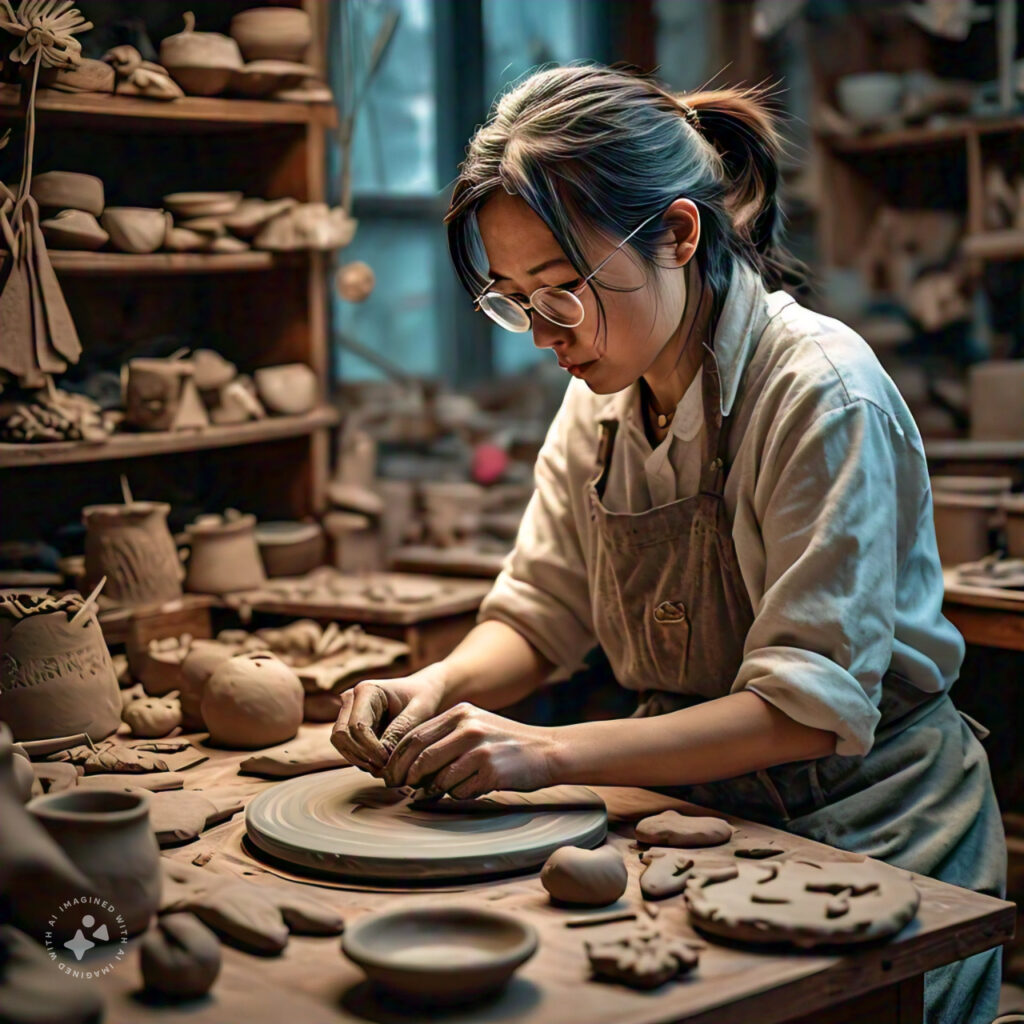
Expanded Market Reach: AI can help artisans reach a wider audience through personalized marketing and e-commerce platforms. AI for Artisans is a boon.
The Challenges of AI in Traditional Crafts
Loss of Authenticity: Overreliance on AI could lead to a loss of authenticity and uniqueness in handcrafted products.
Job Displacement: As AI becomes more sophisticated, there is a risk that artisans may be replaced by machines.
Ethical Concerns: The use of AI in traditional crafts raises ethical questions about the role of technology in preserving cultural heritage.
Balancing AI and Human Creativity
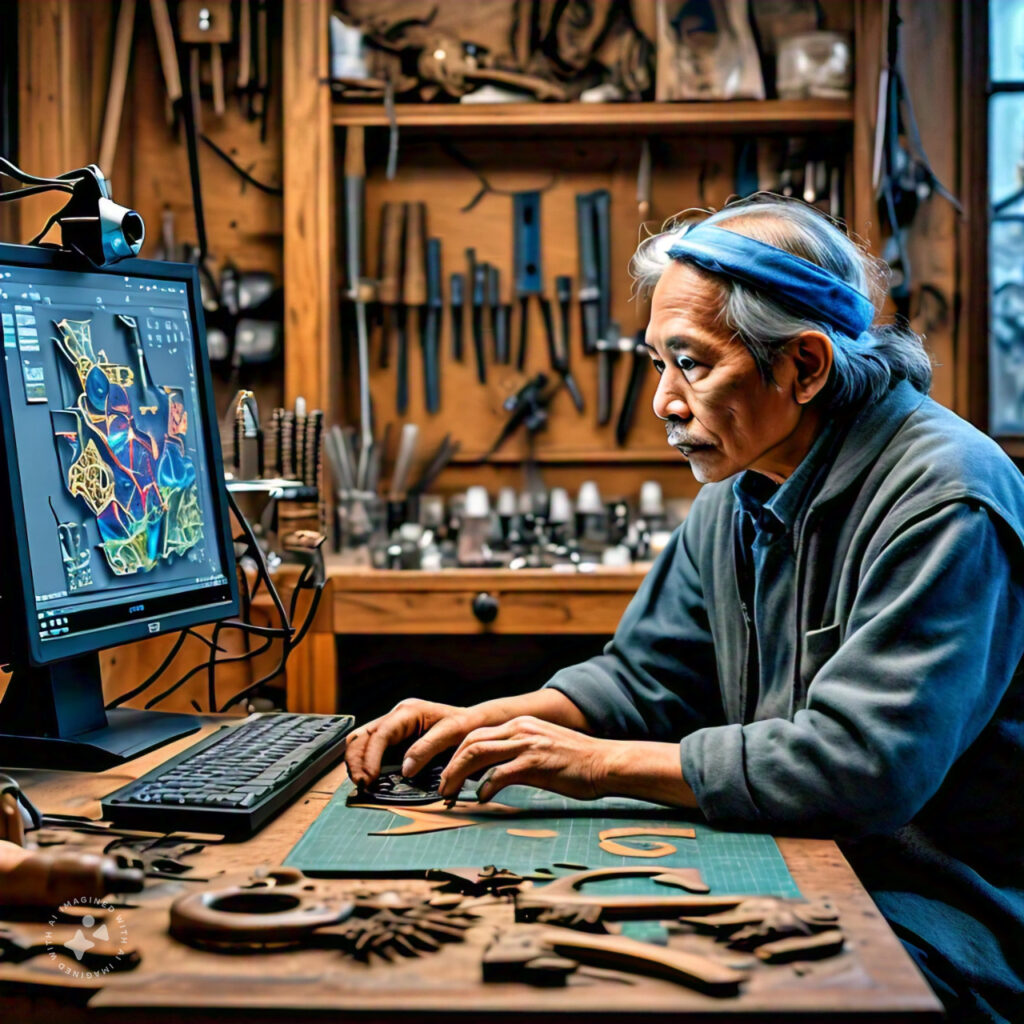
To ensure that AI benefits traditional crafts without compromising their authenticity, it is essential to find a balance between technology and human creativity. Here are some strategies:
Focus on Customization: AI can be used to personalize products and create unique pieces that meet the specific needs and preferences of customers.
Case Study: AI-Enhanced Pottery Design
A renowned pottery studio in Japan has successfully integrated AI into its design process. By analyzing historical patterns and trends, AI algorithms suggest new designs and color combinations for the artisans. This has not only helped the studio create unique and innovative pieces but has also preserved traditional techniques while embracing modern technology.
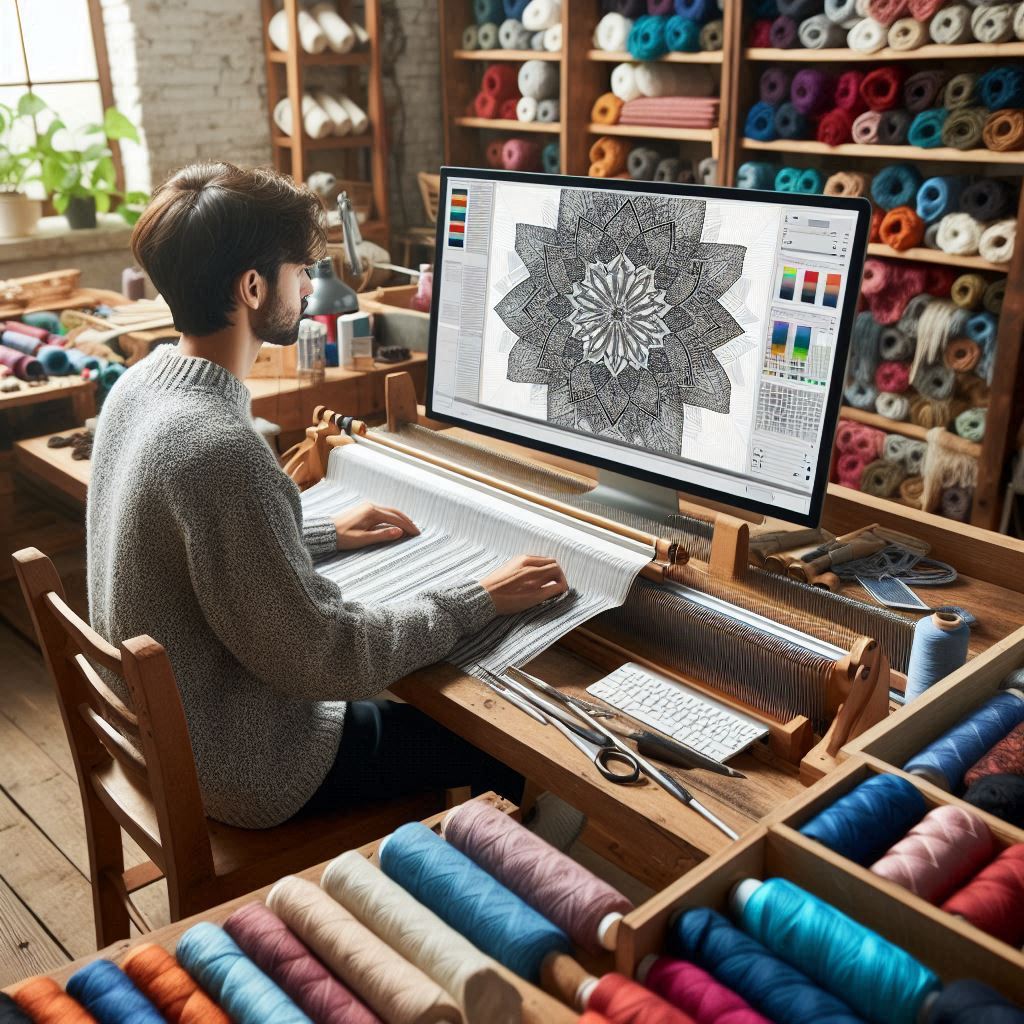
Combine AI with Human Expertise: AI can be used to augment human skills, rather than replacing them entirely.
Case Study 2: AI-Powered Textile Weaving
A textile company in India has implemented AI-powered weaving machines that can create intricate patterns and designs with unprecedented precision. This has allowed the company to produce high-quality textiles at a larger scale while maintaining the traditional craftsmanship of their products.
Support Artisans: Governments and organizations can provide support and training to help artisans adapt to the changing technological landscape.
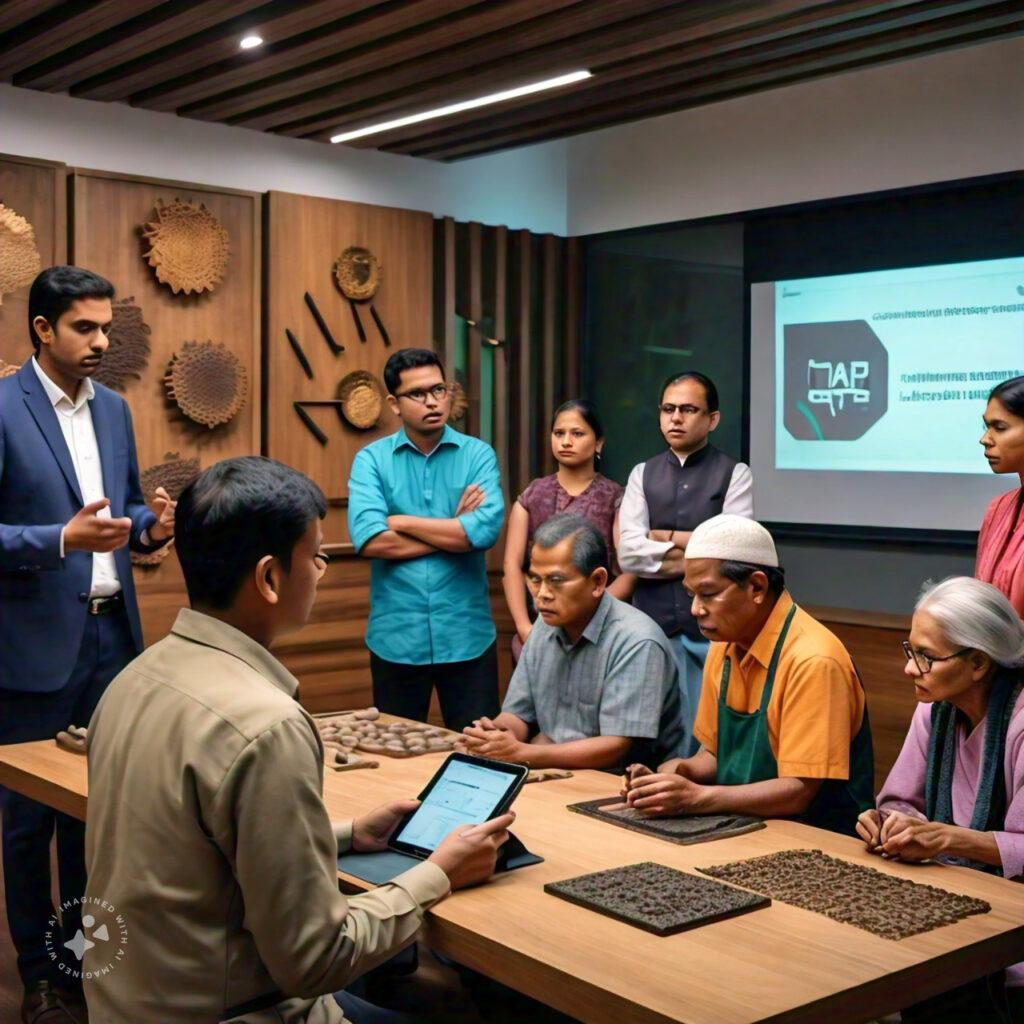
Case Study 3: AI-Driven Market Analysis for Handicraft Exports
A cooperative of artisans in Kenya has used AI to analyze market trends and identify potential export opportunities. By understanding consumer preferences and demand, the artisans have been able to expand their reach and increase their income.
Conclusion
AI has the potential to revolutionize the world of traditional crafts, but it is essential to approach this technology with caution and ensure that it is used to enhance, rather than replace, human creativity and skill. By finding a balance between AI and traditional craftsmanship, we can preserve cultural heritage while embracing the benefits of modern technology.
Note: Most of the creatives shared above are created by the author, using AI

































